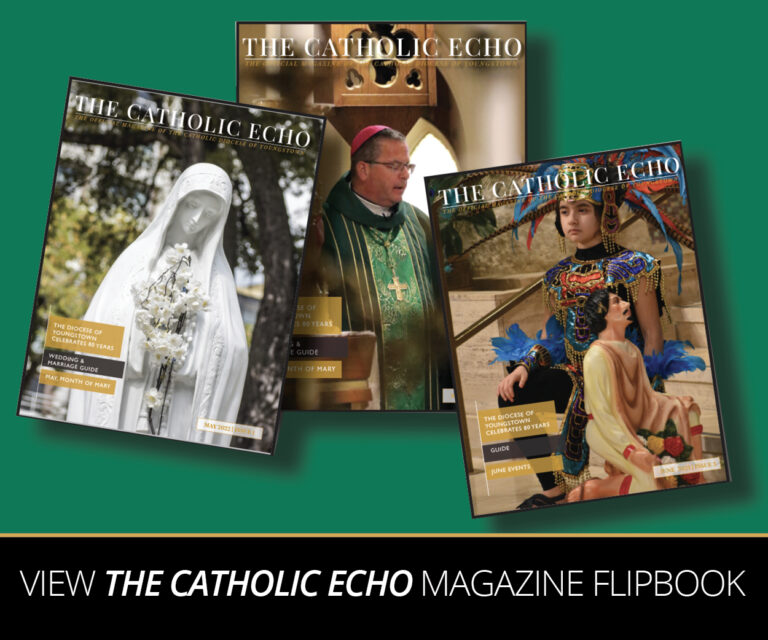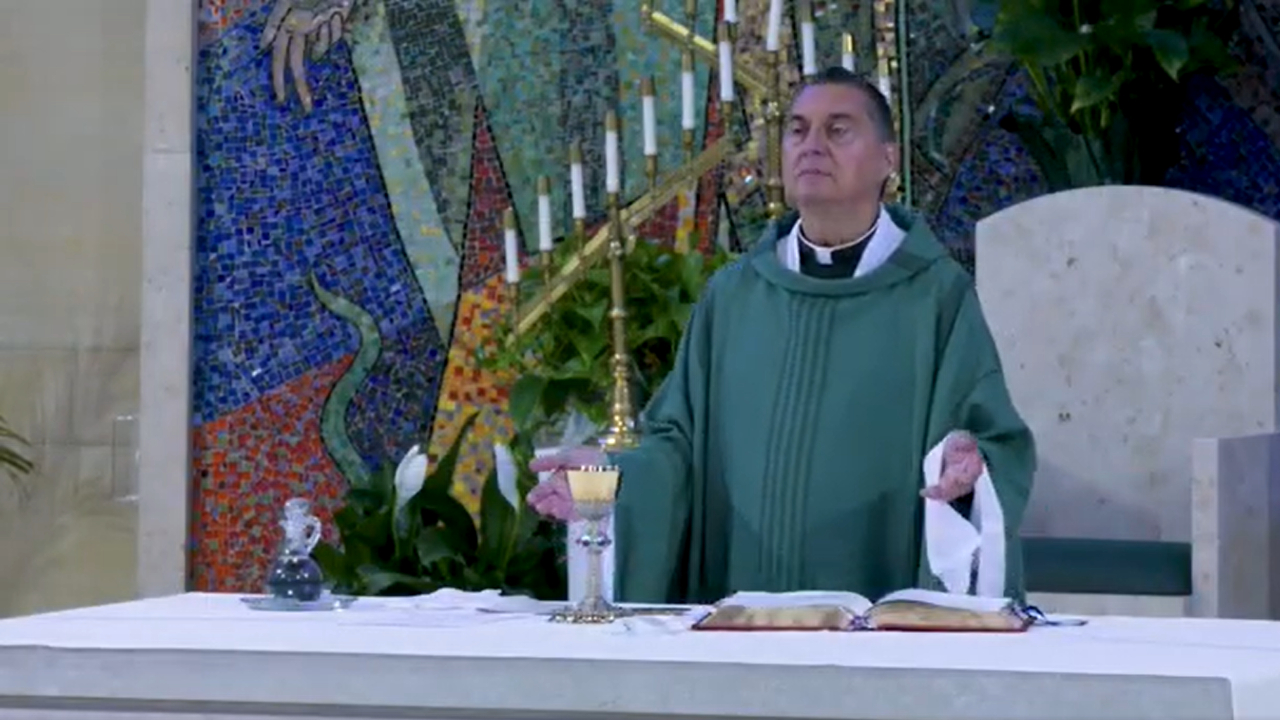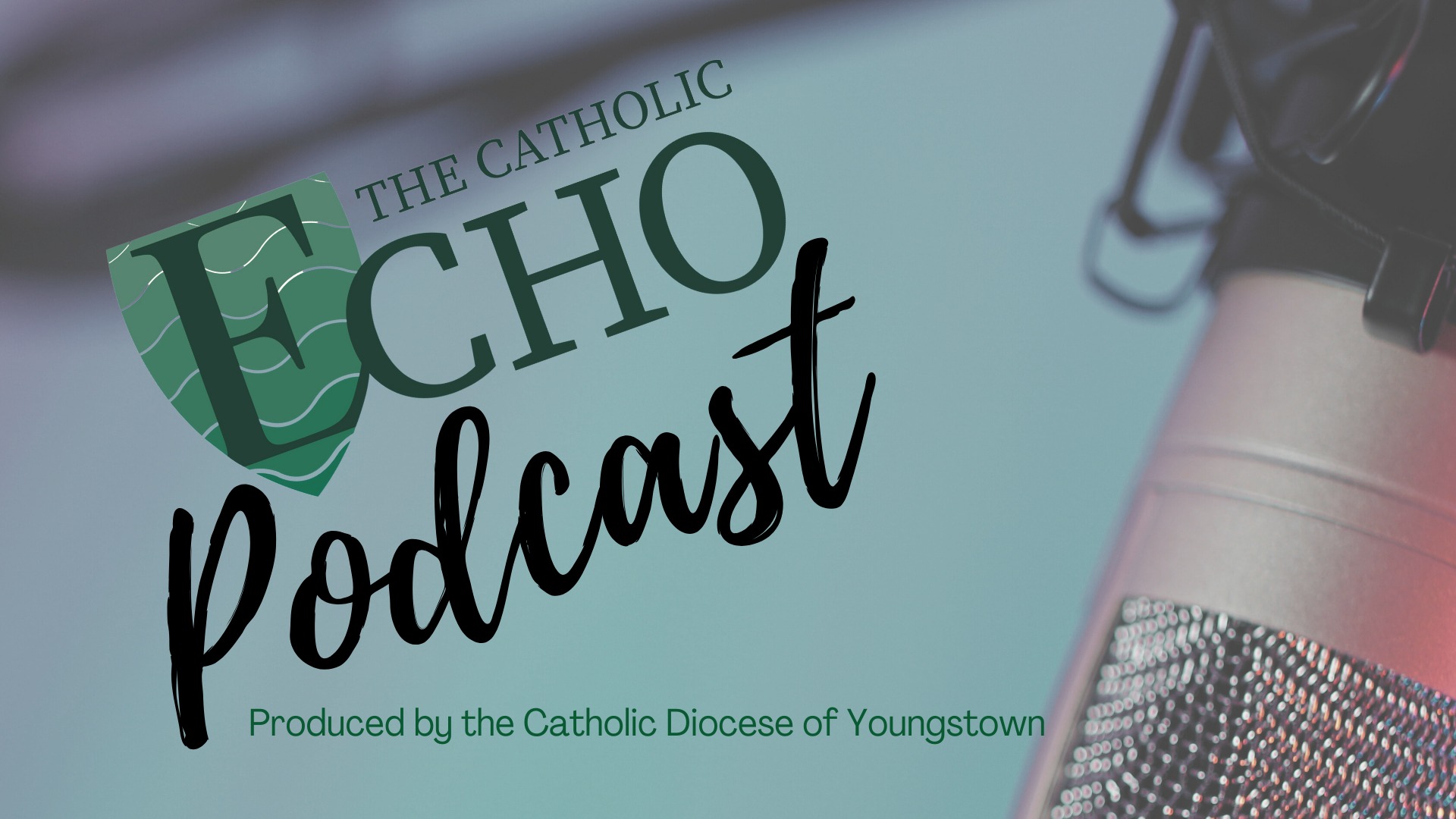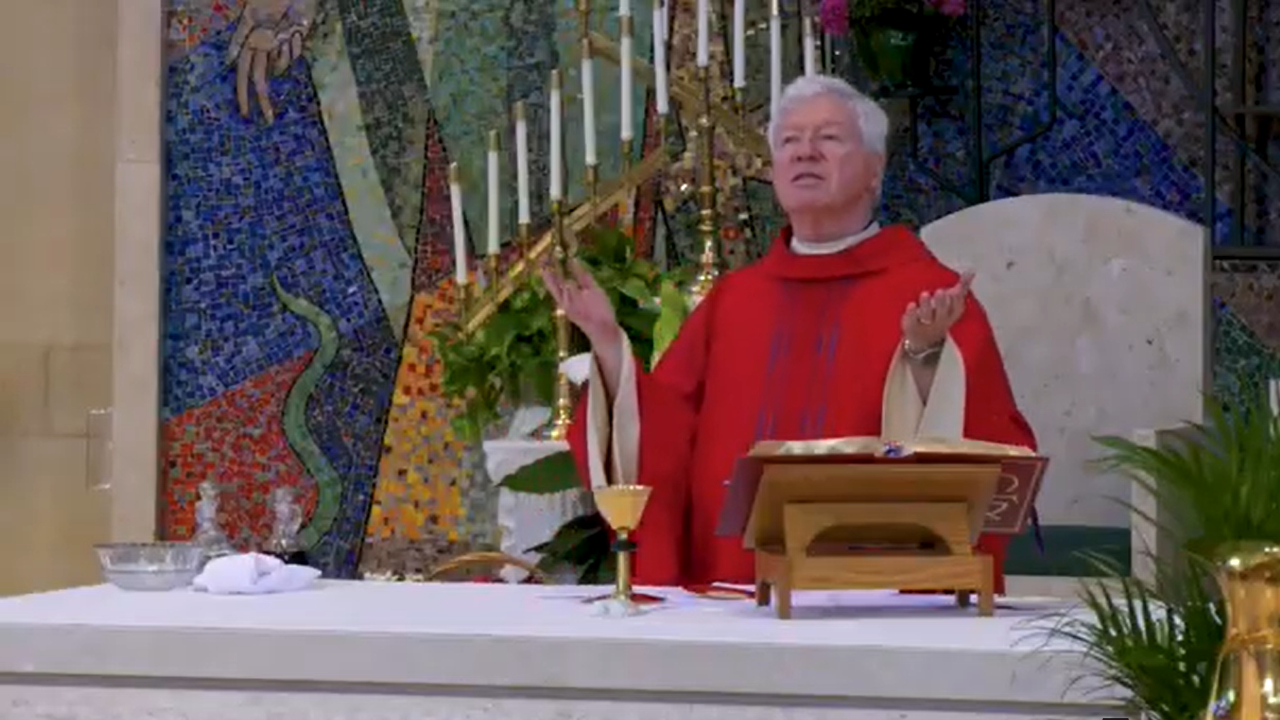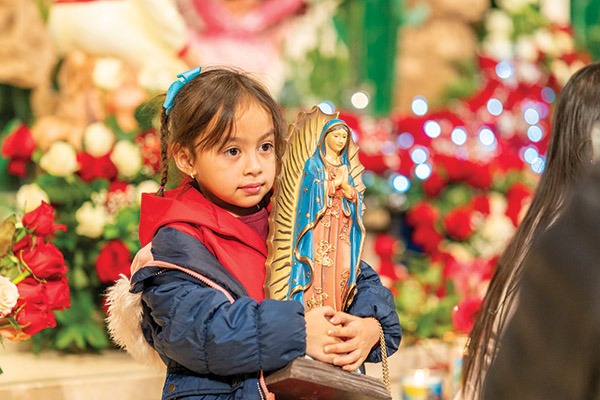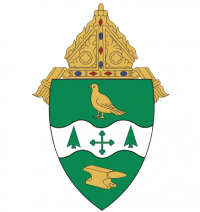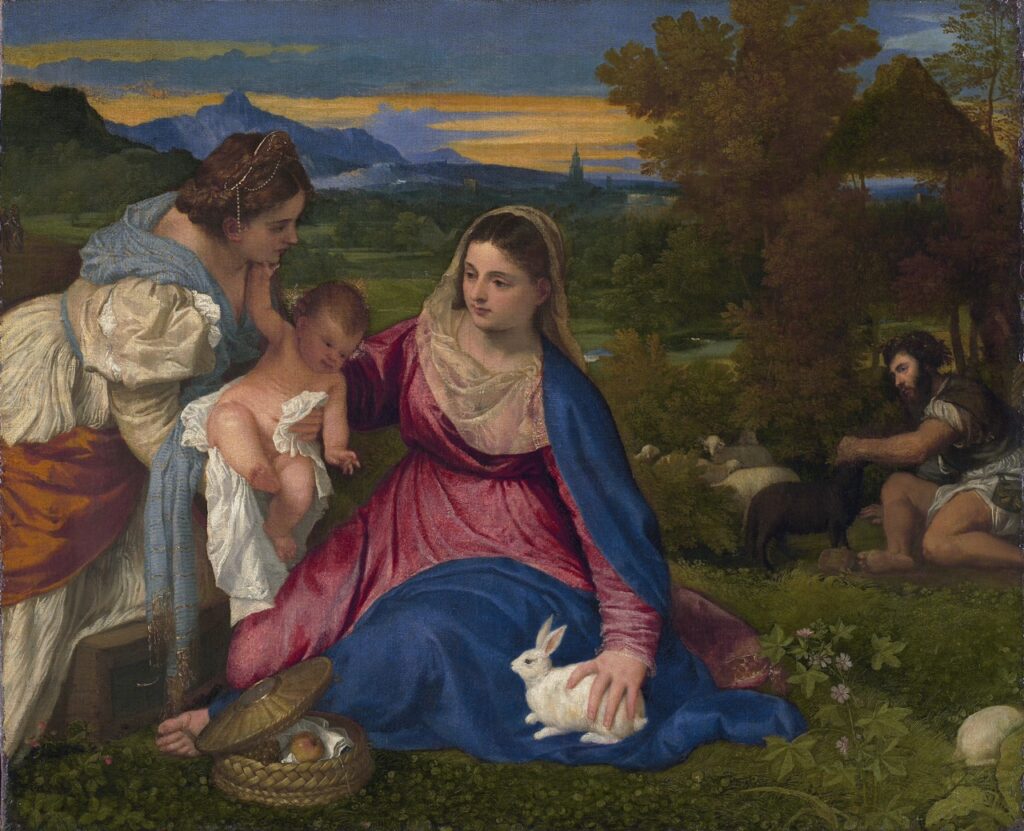
While not quite as ubiquitous as Santa Claus is for Christmas, the Easter Bunny is one of the modern age’s most loved and recognizable figures associated with a holiday. But where did the Easter Bunny come from?
Many say the Easter Bunny was born of pagan tradition, but there is little to no reliable evidence to support that. In fact—with its roots in the most important of Catholic holidays—the Easter Bunny is undeniably Christian.
First, the Blessed Mother came to be associated with the symbol of a hare due to the belief in ancient Greece—where the early Church was very active—that hares could reproduce asexually. There’s actually a good reason for this—hares can conceive a second litter while still pregnant with a first litter, creating the illusion that they could give birth without being impregnated. This connection was the subject of a famous oil painting (above), “Madonna of the Rabbit,” by Titian, completed in 1530 and it is hanging in the Louvre in Paris today, which shows the Blessed Virgin holding a white hare—the hare a symbol of fertility, the whiteness a symbol of purity.
The claim that the Easter Bunny was a syncretism (a synthesis with pre-existing beliefs) first appeared over 300 years after Titian’s painting by none other than Jacob Grimm—one half of the fairytale scrawling sibling duo—in his 1835 book Deutsche Mythologie (German Mythology), where he says: “The Easter Hare is unintelligible to me, but probably the hare was the sacred animal of Ostara.”
Ostara—also called Eostre or Eastre—was the goddess of spring and fertility in pagan tradition. An earlier historical mention of the connection between Eostre and Easter occurred in the eighth century, in Saint Bede’s The Reckoning of Time, a treatise on ancient calendars—such as those of the Hebrews, Egyptians and Romans—that was written for the purpose of calculating the proper date for Easter to be celebrated. In the treatise, Saint Bede states that pagan Anglo-Saxons held feasts in Ostara’s honor and to celebrate the coming of spring, but that this tradition had died out and later been replaced by Easter.
Of course, the name Easter is clearly derived from Ostara. Importantly, though, it is only in German and English (which was heavily influenced by the German language after the Anglo-Saxon invasion of the fifth century) in which the festival of the Resurrection is called “Easter.” In Germany at that time, April was called Ēosturmōnaþ (roughly “Eostre Month”) and it’s possible that the name “Easter” was retained due to it occurring during that month. In other languages, Easter is named something closer to “Passover”— for example Pascua de Resurrección in Spanish.
Thus, the assertion that the Easter Bunny is somehow derivative of a pagan mythology is tenuous and assumes that only one culture could see hares as a symbol of fertility.
But what about the Easter Bunny’s eggs? Last we checked, hares don’t hatch!
The eggs are a separate symbol with their own connection to Easter that has become blended with the Bunny over the centuries. The egg—also a long-held symbol of fertility across numerous cultures—has also come to represent Jesus’ emergence from the tomb on Easter Sunday.
However, there may be more than a symbolic connection. In some regions during medieval times and perhaps even earlier, Catholics fasted from eggs during Lent—but chickens didn’t get the memo. Thus, the eggs that were laid during Lent were preserved by hard-boiling them or were repurposed as decorations—often dyed red to symbolize Jesus’ blood.
So, as it turns out, the Easter Bunny and its eponymous eggs have deep roots in Christian theology and symbology. Celebrate accordingly!
